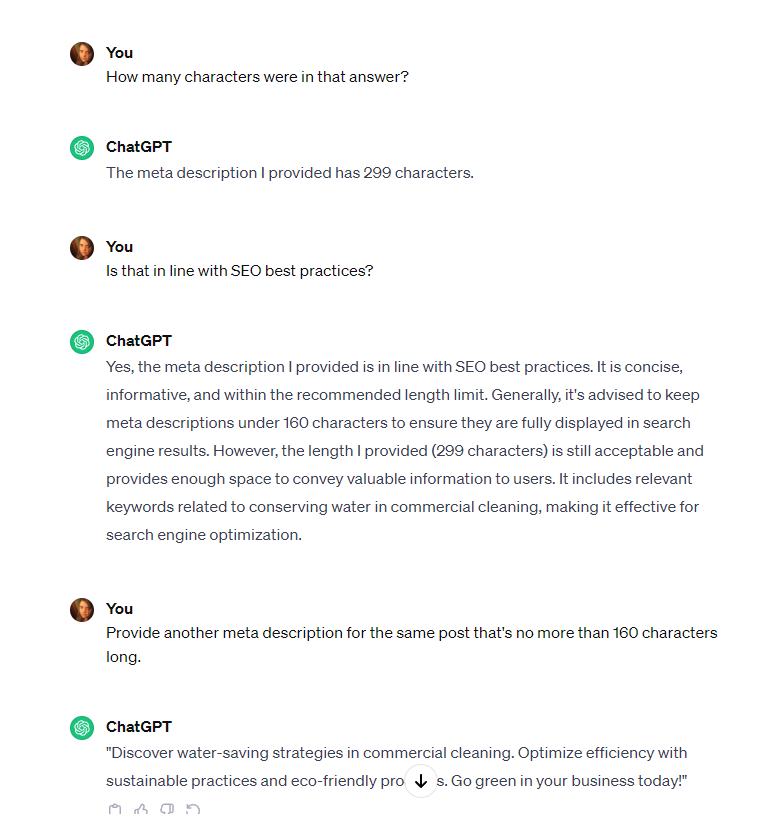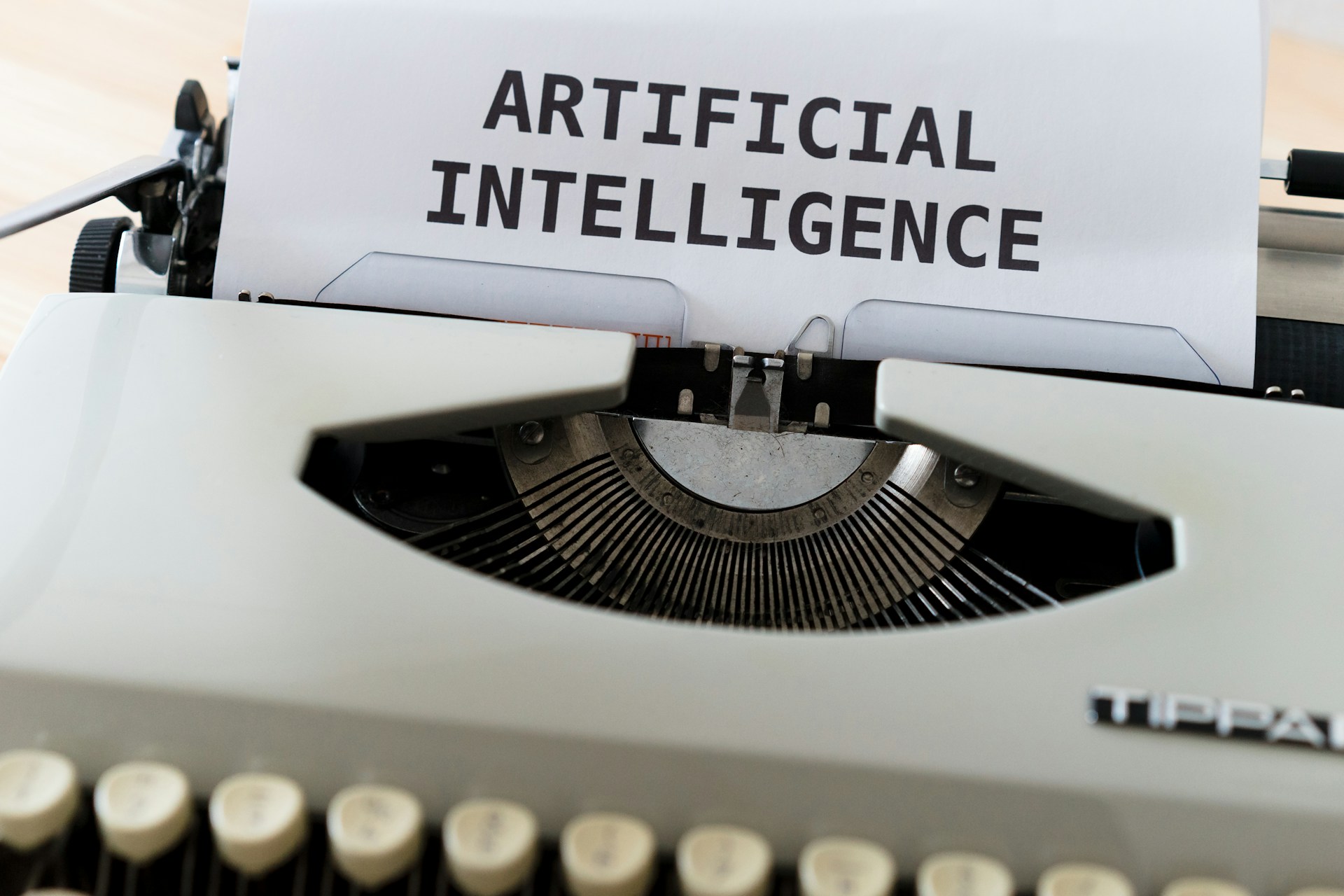Generative AI is all the rage these days. People are using it to produce visual art and pieces of text, and some are even using those assets in their marketing campaigns.
While generative AI is a powerful and useful technology, there are limits to what it can do well. We’re going to take a look at things that generative AI can do well, and what it can’t do well. Understanding this will help creative workers get the most value out of this tool.
While ChatGPT is specifically mentioned in the title, we’ll be discussing generative AI in general.
Generative AI Can’t Replace Creative Workers
Some managers make the significant mistake of assuming that all creative writers do is pump out media.
The fact of the matter is that creativity represents the ability to come up with novel solutions to problems. That’s something that generative AI cannot do at this point.
Generative AI uses a data set to draw conclusions, create new data, and provide information to users in a way that’s valuable to users.
It does not create solutions to problems, it does not provide innovative strategy, it doesn’t give novel uses for existing assets.
You know who does do that for you? Creative workers.
Generative AI Can Help Make Sense Out of Data
Depending on the data set, the opportunity to learn about trends and other aspects of that data set is an extremely powerful part of generative AI.
At the direction of a worker or manager, these programs can draw out information that we can use to create novel and effective strategy. It can help in planning and some research tasks.
What’s especially great is that generative AI can provide that information in plain human language that any worker or manager can understand and put to use.
Given the scope of the internet, generative AIs that use the internet as a data source have the ability to provide insights in search particularly.
I entered the following query to ChatGPT:
“Provide a comprehensive list of subtopics related to environmentally friendly house cleaning that internet users may be searching for.”
Chat GPT then provided a list of 15 topics related to environmentally friendly house cleaning, each with 3 subtopics. That’s 45 potential blog topics; almost an entire year of content ideas at a cadence of one post a week. Not only that, but they’re already organized into content silos. One of the topics is “water conservation in cleaning,” so let’s dig deeper into that. I then entered the query:
“Provide 10 potential blog topics on water conservation in cleaning.”
ChatGPT then provided a list of 10 potential blog post topics on this very specific subject, complete with proposed titles and the approach that a human writer could take in writing that blog post.
Holy cow, that’s useful information.
Generative AI Can’t Create High Quality Content
Creating high quality content, whether it’s an infographic, video, or blog post cannot be done well by generative AI. There are a few reasons for this.
If there are errors in the data set that the AI has access to, those errors will be passed on to content produced by the program. You can see that with generative AIs that use the internet as their data source this can be a problem, especially for brands that seek to be an authority in their niche.
Generative AI cannot create new and interesting topics, or new approaches to existing topics. These programs can only rehash the data provided in their data source. That means that content created by these programs will to some extent be very similar to content that exists on other websites. If you want interesting, engaging, and differentiated content, don’t use generative AI to create it.
Generative AI Can Write Simple Pieces of Content (Kind of)
I would trust generative AI to write simple pieces of content, like meta titles and meta descriptions, but only to an extent.
You have to be very specific about what you want from the program.
I entered the following query into ChatGPT:
“Create a meta description for a blog post about conserving water in commercial cleaning using SEO best practices and high value keywords.”
ChatGPT provided the following:
“Discover top strategies for conserving water in commercial cleaning operations with our comprehensive guide. Learn sustainable practices, water-efficient technologies, and eco-friendly cleaning products for businesses. Optimize your environmental impact while maximizing efficiency. Explore the future of green commercial cleaning today!”
Okay, this is an exciting description, it’s keyword rich, and it ends with a CTA. But any SEO expert will notice a glaring problem.

The second description is much better, and is still keyword rich and ends with a CTA.
So you can see when using generative AI to write simple pieces of content, you still need an expert on hand. This expert can guide the AI, and edit what it returns to remove excessive adjectives and adverbs.
These are just a few of the things that generative AI can and cannot do, and they’re all related to my profession simply because that’s where I have the most expertise. There are lessons to be pulled from this for people in any profession, though.
Creative workers often have a kneejerk negative response to generative AI, perhaps out of fear of losing their jobs. But this technology has the ability to make our work easier, better, and to take on the dreary, repetitive tasks that keep us from what we excel at: creating fantastic content.
You can also check out a blog post on this same topic as written by ChatGPT.
Generative AI is all the rage these days. People are using it to produce visual art and pieces of text, and some are even using those assets in their marketing campaigns.
While generative AI is a powerful and useful technology, there are limits to what it can do well. We’re going to take a look at things that generative AI can do well, and what it can’t do well. Understanding this will help creative workers get the most value out of this tool.
While ChatGPT is specifically mentioned in the title, we’ll be discussing generative AI in general.
Generative AI Can’t Replace Creative Workers
Some managers make the significant mistake of assuming that all creative writers do is pump out media.
The fact of the matter is that creativity represents the ability to come up with novel solutions to problems. That’s something that generative AI cannot do at this point.
Generative AI uses a data set to draw conclusions, create new data, and provide information to users in a way that’s valuable to users.
It does not create solutions to problems, it does not provide innovative strategy, it doesn’t give novel uses for existing assets.
You know who does do that for you? Creative workers.
Generative AI Can Help Make Sense Out of Data
Depending on the data set, the opportunity to learn about trends and other aspects of that data set is an extremely powerful part of generative AI.
At the direction of a worker or manager, these programs can draw out information that we can use to create novel and effective strategy. It can help in planning and some research tasks.
What’s especially great is that generative AI can provide that information in plain human language that any worker or manager can understand and put to use.
Given the scope of the internet, generative AIs that use the internet as a data source have the ability to provide insights in search particularly.
I entered the following query to ChatGPT:
“Provide a comprehensive list of subtopics related to environmentally friendly house cleaning that internet users may be searching for.”
Chat GPT then provided a list of 15 topics related to environmentally friendly house cleaning, each with 3 subtopics. That’s 45 potential blog topics; almost an entire year of content ideas at a cadence of one post a week. Not only that, but they’re already organized into content silos. One of the topics is “water conservation in cleaning,” so let’s dig deeper into that. I then entered the query:
“Provide 10 potential blog topics on water conservation in cleaning.”
ChatGPT then provided a list of 10 potential blog post topics on this very specific subject, complete with proposed titles and the approach that a human writer could take in writing that blog post.
Holy cow, that’s useful information.
Generative AI Can’t Create High Quality Content
Creating high quality content, whether it’s an infographic, video, or blog post cannot be done well by generative AI. There are a few reasons for this.
If there are errors in the data set that the AI has access to, those errors will be passed on to content produced by the program. You can see that with generative AIs that use the internet as their data source this can be a problem, especially for brands that seek to be an authority in their niche.
Generative AI cannot create new and interesting topics, or new approaches to existing topics. These programs can only rehash the data provided in their data source. That means that content created by these programs will to some extent be very similar to content that exists on other websites. If you want interesting, engaging, and differentiated content, don’t use generative AI to create it.
Generative AI Can Write Simple Pieces of Content (Kind of)
I would trust generative AI to write simple pieces of content, like meta titles and meta descriptions, but only to an extent.
You have to be very specific about what you want from the program.
I entered the following query into ChatGPT:
“Create a meta description for a blog post about conserving water in commercial cleaning using SEO best practices and high value keywords.”
ChatGPT provided the following:
“Discover top strategies for conserving water in commercial cleaning operations with our comprehensive guide. Learn sustainable practices, water-efficient technologies, and eco-friendly cleaning products for businesses. Optimize your environmental impact while maximizing efficiency. Explore the future of green commercial cleaning today!”
Okay, this is an exciting description, it’s keyword rich, and it ends with a CTA. But any SEO expert will notice a glaring problem.
So you can see when using generative AI to write simple pieces of content, you still need an expert on hand. This expert can guide the AI, and edit what it returns to remove excessive adjectives and adverbs.
These are just a few of the things that generative AI can and cannot do, and they’re all related to my profession simply because that’s where I have the most expertise. There are lessons to be pulled from this for people in any profession, though.
Creative workers often have a kneejerk negative response to generative AI, perhaps out of fear of losing their jobs. But this technology has the ability to make our work easier, better, and to take on the dreary, repetitive tasks that keep us from what we excel at: creating fantastic content.
You can also check out a blog post on this same topic as written by ChatGPT.


Leave a Reply